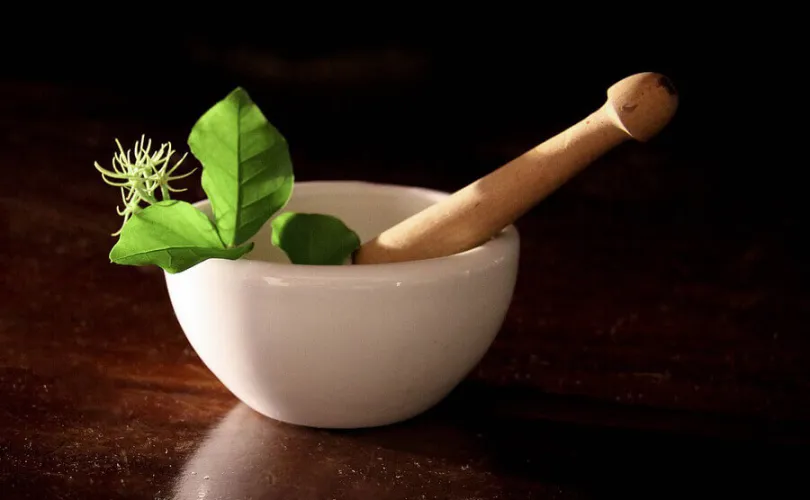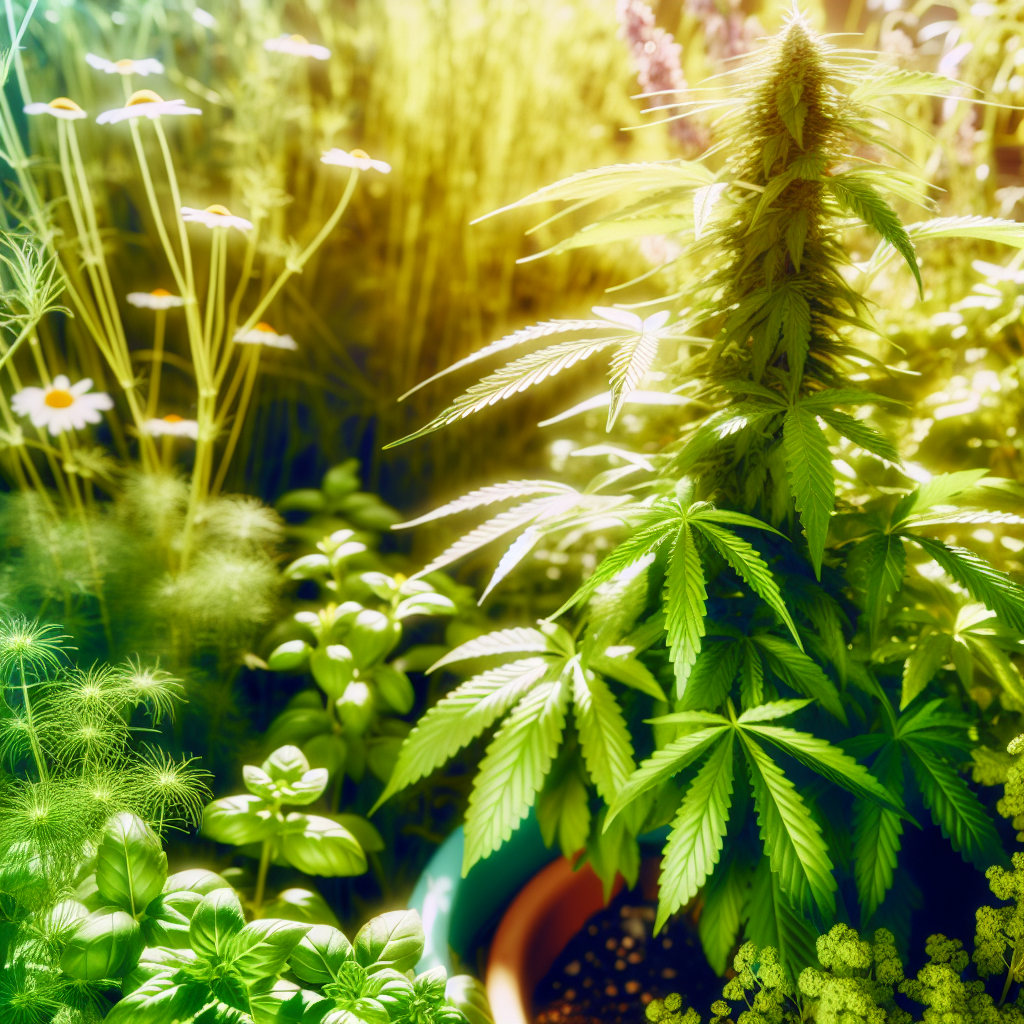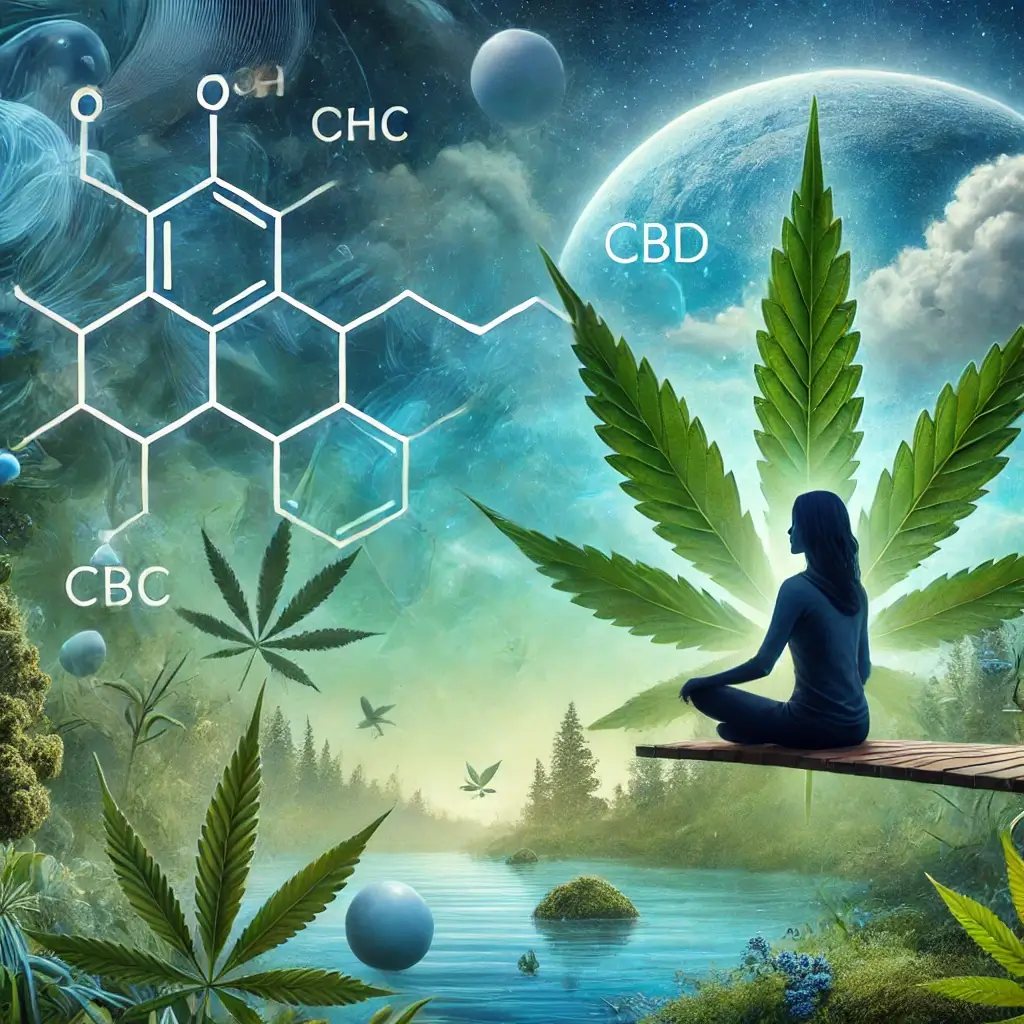Cannabis, sometimes known as marijuana or cannabis, is a psychoactive substance that originates from the Central and South Asian cannabis plants. This herb has been utilized for recreational, entheogenic, and conventional therapeutic purposes throughout history.
But what exactly is marijuana? And for what purposes? Explore now. Please keep reading to learn more about the plant and what makes it unique. And begin by becoming acquainted with the numerous benefits of cannabis.
THC and CBD in Cannabis
Medical studies on the effects of THC and CBD in cannabis have yielded conflicting results. THC concentrations have increased recently, but there hasn’t been as much research on CBD’s impact on health.
This study looked at how THC and CBD concentrations changed over time to predict the effects of cannabis better. The study’s findings have implications for several industries, including addiction treatment. Furthermore, the usage level in a specific area will likely affect how THC and CBD affect the body.
Cannabinoids
Cannabis contains cannabinoids, which are substances that exist in plants. They are in varying amounts of leaves and inflorescence of cannabis plants. Cannabinoids and flavonoids are present in inflorescences in sufficient quantities for therapeutic use.
For instance, ginkgo leaves and Chemovar III flavonoids are each 0.4%. In addition, triterpenoids and sterols are present in cannabis’s stem, bark, and root, among other sections.
Marijuana Receptors
CB1 and CB2 cannabinoid receptors most likely mediate the hedonic spectrum of D9-THC. Both kinds attach to immunological and nervous system cells. Cannabis and synthetic cannabinoids activate these receptors, resulting in the typical “tetrad” of symptoms in test animals. The two cannabinoid receptors differ in the following significant ways.
Medical Applications of Cannabis
Medical cannabis has been used to treat various conditions, including cancer and menopause, as well as migraines and pain. Its main component, morphine, is also a widely used analgesic. The medication also treats cholera, nephritis, spasticity, and dental discomfort.
In addition, a recent research paper from the National Academies of Sciences, Engineering, and Medicine supported its use in treating adult patients with chronic pain.
Legality of Marijuana
Cannabis sativa contains marijuana, popularly known as pot, with intoxicating properties. You can use it topically, eat, smoke, or vape, among other consumption methods.
The only plant known to produce cannabinoids, or psychoactive compounds, in quantities greater than 0.3% is cannabis.
Hemp, which is not regarded as marijuana because it doesn’t have significant amounts of these compounds, is a plant. Since cannabis was initially made legal, there has been an ongoing discussion about the drug’s legal status, and this debate has lasted for eighty years.




